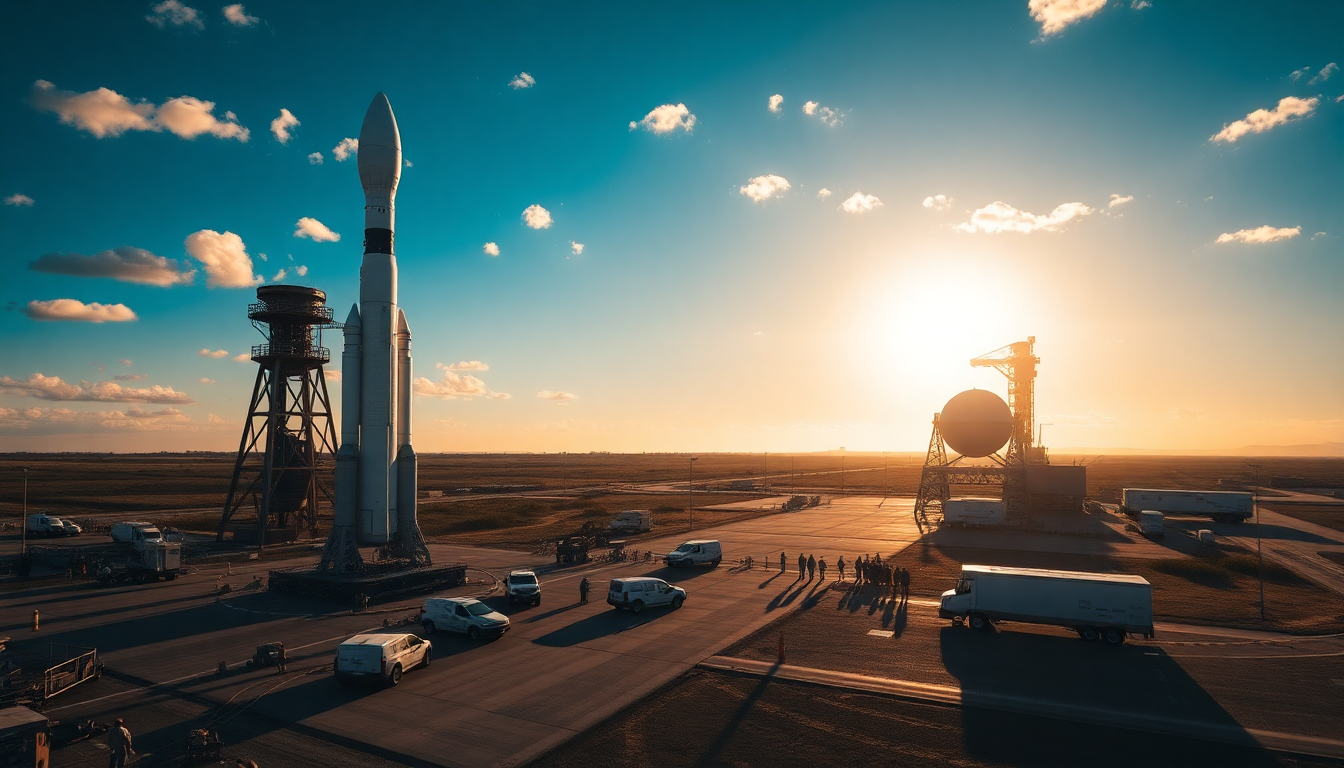Table of Contents
NASA’s recent successful flight test is more than just another headline; it’s a landmark moment on the agency’s ambitious journey to bring astronauts back to the Moon with the upcoming Artemis III mission, set for 2027. Sean Duffy, NASA’s acting administrator, took to social media to celebrate this achievement, which not only underscores the agency’s commitment to lunar exploration but also highlights the exciting partnerships formed with commercial space companies. Yet, as thrilling as this news is, analysts are sounding a note of caution, pointing out that the competitive landscape is shifting, particularly with China stepping up its space ambitions and raising questions about who will ultimately claim lunar supremacy.
Why NASA’s Recent Test Flight Matters
The flight test, dubbed Flight 10, is a pivotal step in developing the Starship Human Landing System, which aims to transport American astronauts back to the Moon. Duffy described it as a ‘great day for NASA,’ and it certainly reflects the agency’s strategic direction and the momentum they hope to maintain moving forward.
In the fast-paced world of space exploration, NASA’s achievements reaffirm its status as a leader in the field. Historically, it’s been celebrated as the victor of the first space race. However, today’s landscape indicates that maintaining dominance in this new space race requires constant vigilance and adaptability to both threats and opportunities.
China’s Rising Influence in Space
While NASA basks in its recent successes, analysts can’t ignore China’s rapid advancements in space technology. With ambitious plans for lunar exploration, including the possibility of crewed missions, China’s endeavors pose a significant challenge to U.S. goals. The Chinese space program has made impressive progress, from landing the Chang’e missions to developing lunar bases.
This progress begs some important questions about international competition in space. As countries rush to stake their claims on the Moon, the implications for global geopolitics become increasingly significant. The race for lunar resources, scientific breakthroughs, and technological innovations could reshape power dynamics here on Earth, as nations strive for influence in this exciting new frontier.
What Lies Ahead: The Future of Lunar Exploration
As we gear up for 2027 and the highly anticipated Artemis III mission, the stakes in lunar exploration have never been higher. NASA’s recent flight success is a testament to its capabilities, but it also serves as a wake-up call to stay competitive. Collaborating with commercial partners and investing in cutting-edge technologies will be essential for maintaining a leading edge in the race for lunar exploration.
Moreover, grasping the broader implications of these developments is crucial for policymakers and stakeholders in the aerospace sector. Striking a balance between working with international partners while gearing up for a competitive landscape is a complex challenge that will shape the future of space exploration. Are we ready to explore the cosmos, or will we be left behind as others take the lead?


